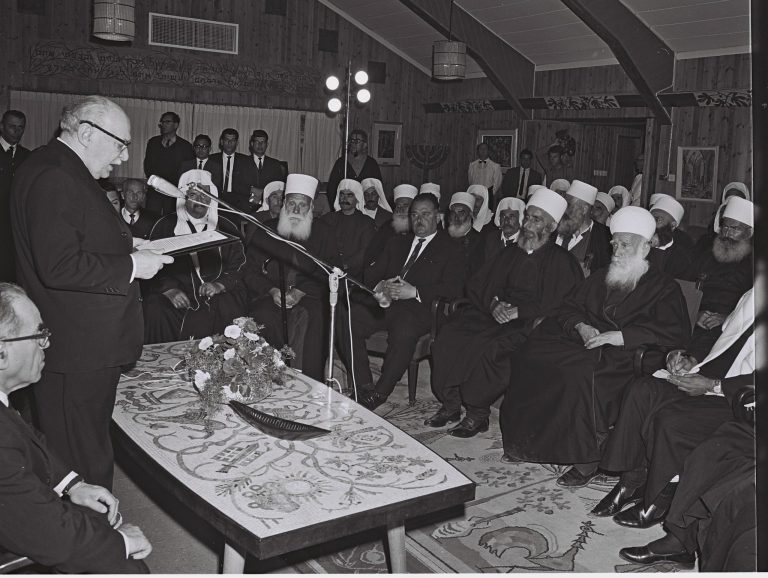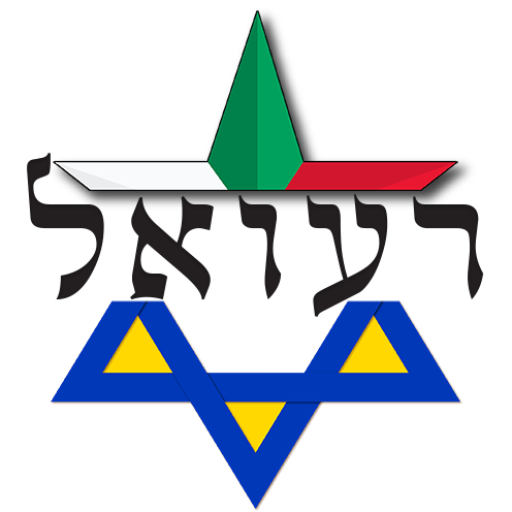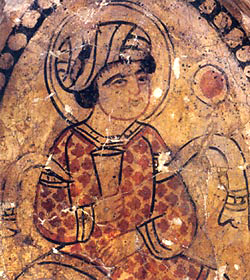
The Druze have lived in the Land of Israel since the religion was founded about 1,000 years ago, between the 11th and 13th centuries. The Druze population typically established their villages in mountainous regions. In their first and second waves of settlement, the Druze settled in the Lower Galilee, in the Kishon Gorge and in the northern coastal plain of Israel.
The Druze located their settlements in close proximity to one another, or at least made sure that there was visual contact between the villages. All nineteen Druze settlements in Israel are connected visually, from Medalit al-Carmel to Isfahan, and from Isfahan to all the Druze villages in the Galilee, including Shefar’am.
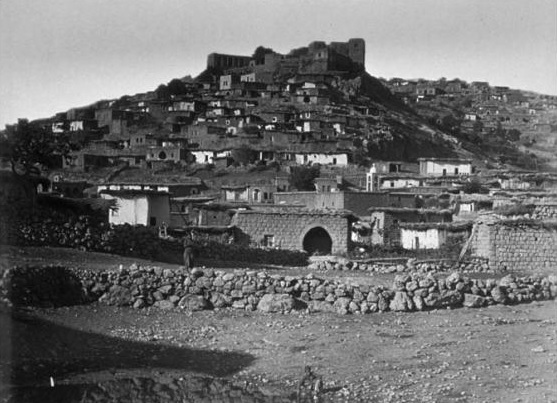
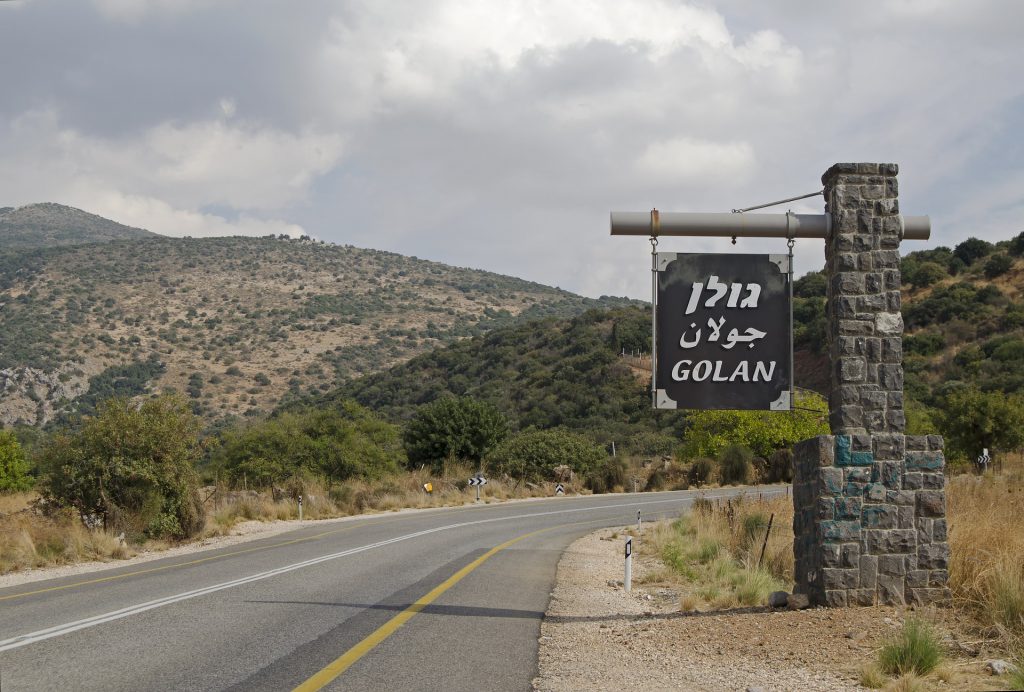
The above notwithstanding, four Druze villages in the Golan Heights are distinct from the other Druze villages in Israel; these villages differ in character and geographical location. Specifically, the locations of these villages on the Israeli-Syrian border led the villages to form stronger ties with Syria, rather than Israel. This decision was motivated by the villages’ fear that they would one day be under Syrian rule and face punishment for normalizing relations with Israel and its people.
When Jews began their return to Israel the Druze immediately established a good relationship with the growing Jewish community. Towards the end of the 19th century and during the 20th century, the ties between the Jews and the Druze became stronger when the alliance between the Druze leadership and the Yishuv leadership was established. At that time, both the Druze and the Jews faced persecution and discrimination by the Arab localities.
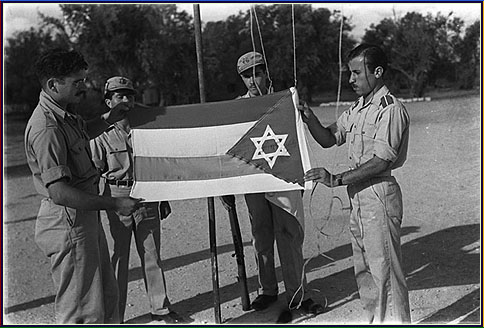
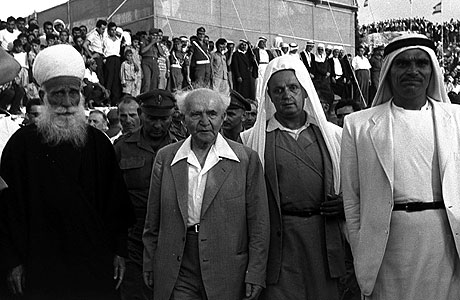
With the establishment of the State of Israel, the members of the Druze community gained a respectable status and position.
They were officially recognized as a religious community and Druze courts were established to deal with questions of personal status and guaranteeing internal autonomy.
In 1957 it was recognized as an independent witness Following the Six Day War in 1967, a special department was established to deal with Druze religious affairs, at the request of Israeli Prime Minister Levy Eshkol.

At the time of the creation of the State of Israel, in 1948, there were 14,500 members of the Druze community. Today, more than 110,000 Druze live in the State of Israel.
All nineteen Druze localities are scattered in the Northern District (80% of the total Druze population) and in the Haifa District (approximately 19% of the total Druze population).
The Druze constitute close to 95% of the population of the settlements of Beit Jen, Baqata, Julis, Daliyat al-Carmel, Hurfish, Yanuah-Jat, Yarka, Kasra-Samia, Majdal Shams, Mas’ade, Sajur, Ein Al-Assad, Ein Qanya. In the other settlements, Abu Sanan, Ma’ar, Isfiya, Peki’in, Rama and Shefar’am, the Druze live alongside Christians and Muslims.
